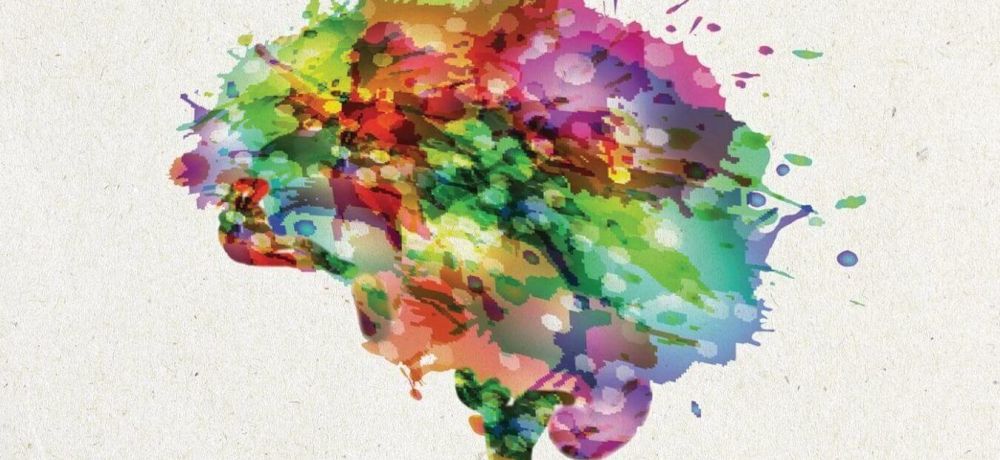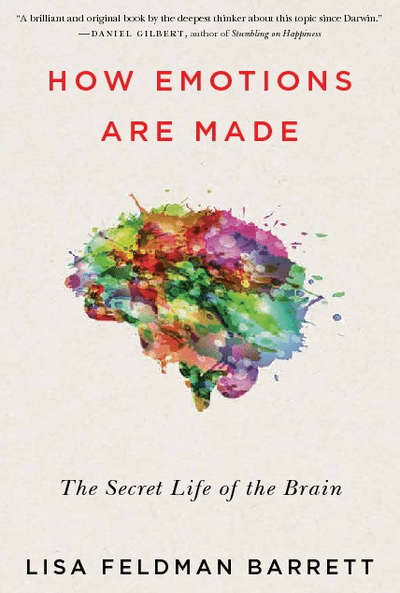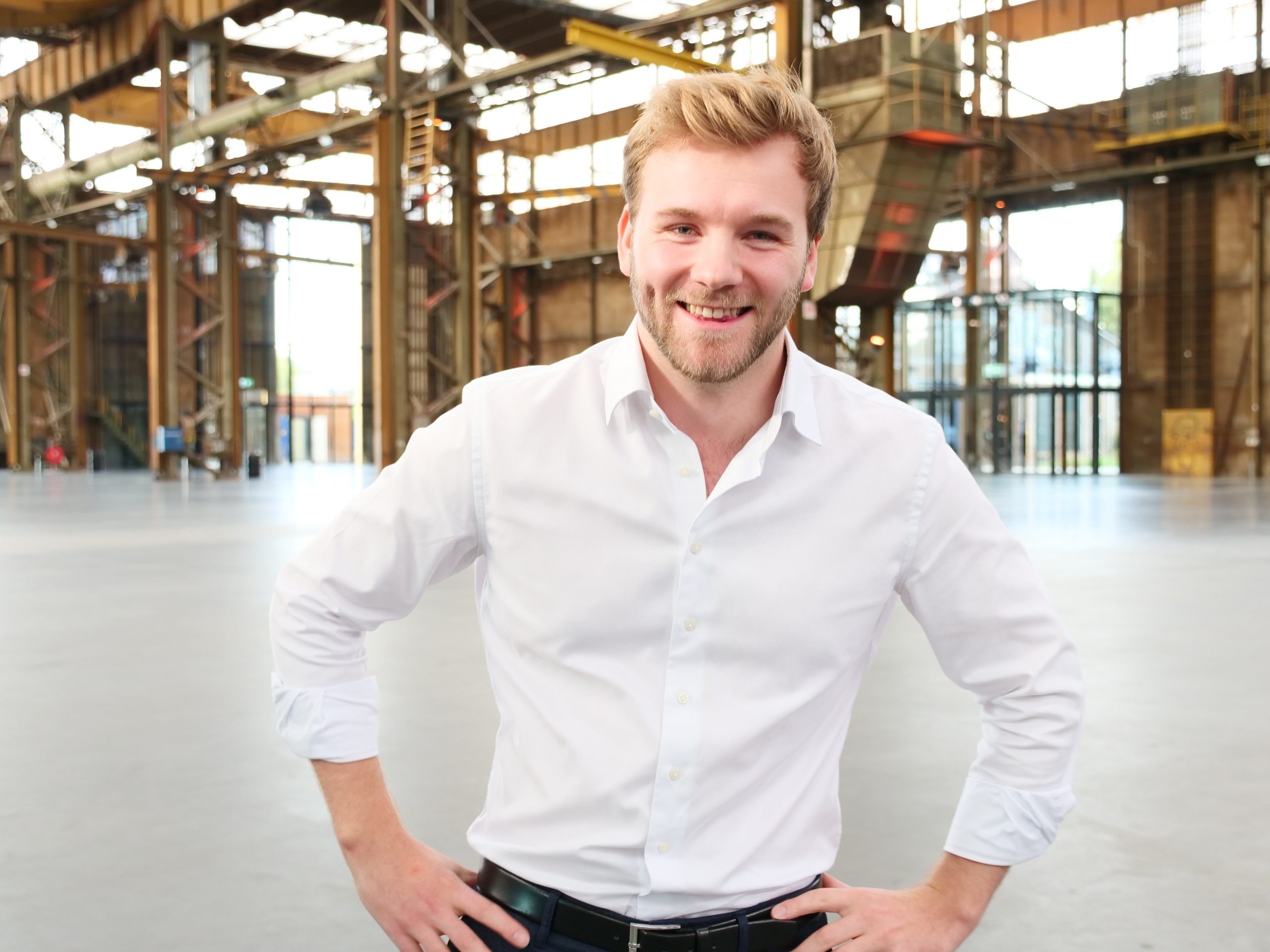
What you need to know about emotions now
Haven’t we all learned how emotions work from watching the movie Inside Out? The Pixar formula used in Inside Out is very clear and easily defined. The search for the inner self, who you are, and following your own choices are the main themes in most Pixar movies. Our hero or heroine faces a large obstacle which seems impossible to pass. But later in the movie, our hero uncovers the authentic identity and purpose in life. They choose to face their challenge head on and come out victorious.
Movies like Tangled, Brave, and Up all feature humans that overcome their obstacles. Having their true identities found and their free will followed, they ultimately achieve to complete their story arc. This formula does not only work for humans. Simba, Nemo, and WALL-E show that free will and identity actualisation are just as important for lions, fish, and robots.
Inside Out’s sinister biochemical undertone
But recently Pixar broke its lifelong habit. A more sinister assumption has replaced the golden formula of discovering your true identity and choosing your path. The assumption that you are not in charge of your actions and feelings forms the core of the movie Inside Out. According to this view, a complicated interaction of biochemical processes determines our behavior. We completely lack a free will.
And yes, we did watch the same movie. Inside Out is a comedy, aimed at children, with the usual happy ending. Therefore it may be easy to miss the underlying message about consciousness, identity, and free will. But luckily, we didn’t!
No sign of free will, a soul, or an authentic self
In his novella 21 lessons for the 21st century, Yuval Noah Harari explains the assumption Inside Out has made and how this relates to us. The movie features Riley, a teenage girl that is unhappy since her parents moved to San Fransisco. But, the real cause of her unhappiness quickly becomes clear. Viewers see her emotions, portrayed as cartoon characters inside Riley’s brain, in conflict. A small, bitter, red man embodies anger, and a blue, sorrowful girl represents sadness. A much taller, laughing, yellow girl, looking almost like a human being, symbolises Joy. Therefore we are lead to think that Riley aims to identify with Joy.
We see how Joy clashes with other emotions (sadness, anger, fear, and disgust). The emotions watch the world through Riley’s eyes on a large computer screen. Everything that happens in Riley’s daily life causes a biochemical crash. The little cartoon characters start pushing actual buttons in Riley’s head. Thereby they control her actions and thoughts. Due to the clashing emotions, Riley’s mental well-being and behavior are severely affected. Eventually, Joy and Sadness go on a quest through the brain to solve this biochemical malfunction. But, among the many cleverly animated biochemical processes, there is no sight of a soul, free will, or authentic self. According to Inside Out, these little emotional characters regulate us.
A puppet of the biochemical algorithm
The turning point in the movie is (ironically) indicated by catharsis. Riley’s emotions conclude that Joy does not characterise her identity. It is the interaction between all biochemical mechanisms and emotions that define Riley. In the end, Riley’s emotions compromise and ensure smooth biochemical processing. That stabilises Riley’s emotional well-being and of course –we’re still watching a Pixar movie– a happily ever after.
But hold on. Is this a direct indication of the absence of free will and authentic identity? Are we, just like Riley, nothing but a product of interactions between biochemical processes in our brain? Is our behavior controlled by our emotions pressing the buttons?
How Emotions are Made
Purposefully avoiding spiralling down the endless discussion of free will, we can offer you some solace on emotions. While Inside Out and Yuval Noah Harari provide an interesting, slightly alarming view, academia strongly object.
In her book How Emotions are Made, Lisa Feldman Barrett, PhD claims that we have more control over our emotions than we initially thought. According to her theory, emotions are constructed by our brains, memories, and our culture. The reality of emotions is far more complex and nuanced than previous research (and the directors of Inside Out) claim.

The classical, hardwired view
From Aristotle and Buddha to Freud and the Dalai Lama, the claim that emotions are reflex-like and hardwired into our brains has been supported for centuries. However, this claim no longer holds up. The classical view states that specific stimuli activate neurons. And how all neurons are hardwired to a particular emotion.
But recent research shows that there are no such things as ‘anger neurons’ or ‘joy neurons’. Even though biochemicals, such as dopamine and serotonin are still linked to emotions and behavior, they do not determine our actions. Moreover, experiments have shown that there are no specific brain regions responsible for emotions alone.
The theory of constructed emotion
According to Professor Feldman Barrett, all emotions are grounded in an individual’s experience. Emotion-specific neurons are not the cause of our emotional responses. Neither are animated cartoons pushing buttons in your brain for that matter. Our brain predicts the most appropriate response, based on anticipated sensory input. For example, you can express anger in many different ways. Each response has its own neural pathway.
The subsequent bodily reactions depend on context and past experiences. When your boss infuriates you, you don’t push him through the window (at least, most people won’t). Instead, you might clench your fists and crop it up, or show a sardonic smile. Anger and any other emotion can manifest itself in many different ways, depending on what is the most appropriate reaction in the situation.
The kind of fatigue associated with the flu
If I would ask you to explain what sadness is, what would you say? If you are planning on travelling to Tahiti, you’d better have your answer ready. The Tahitian language has no word for sadness. They use a word that roughly translates to “the kind of fatigue associated with the flu”.
This Tahitian example roughly indicates that emotions are not as hardwired as was formerly thought. Culture plays a huge part in how we perceive and experience emotions. The emotional affect and bodily reaction that we label as an emotion can have a different meaning in other cultures. It seems that emotions, as we know them, are no universal concepts.
Emotion in brain, body, culture & experience
Do you remember the first time that your arm fell asleep after laying on it for too long? If you are like me, you probably experienced incredible fear and panic. Luckily, experience (and an amused mother) taught me not to worry about it when it happens again.
In this way, the emotional response can be controlled by us, even when experiencing the same discomfort and distress in the future. Emotions are complex constructs. They are creations of the interaction between culture, neural networks, bodily sensations, and past experiences. But most importantly, we have more control over our emotions than we think. And if we can control our emotions, we must have that free will, right?
If you want to learn more about behavioral insights, read our blog or watch 100+ videos on our YouTube channel!
About Neurofied
Neurofied is a behavioral science company specialized in training, consulting, and change management. We help organizations drive evidence-based and human-centric change with insights and interventions from behavioral psychology and neuroscience. Consider us your behavioral business partner who helps you build behavioral change capabilities internally.
Since 2018, we have trained thousands of professionals and worked with over 100 management, HR, growth, and innovation teams of organizations such as Johnson & Johnson, KPMG, Deloitte, Novo Nordisk, ABN AMRO, and the Dutch government. We are also frequent speakers at universities and conferences.
Our mission is to democratize the value of behavioral science for teams and organizations. If you see any opportunities to collaborate, please contact us here.
